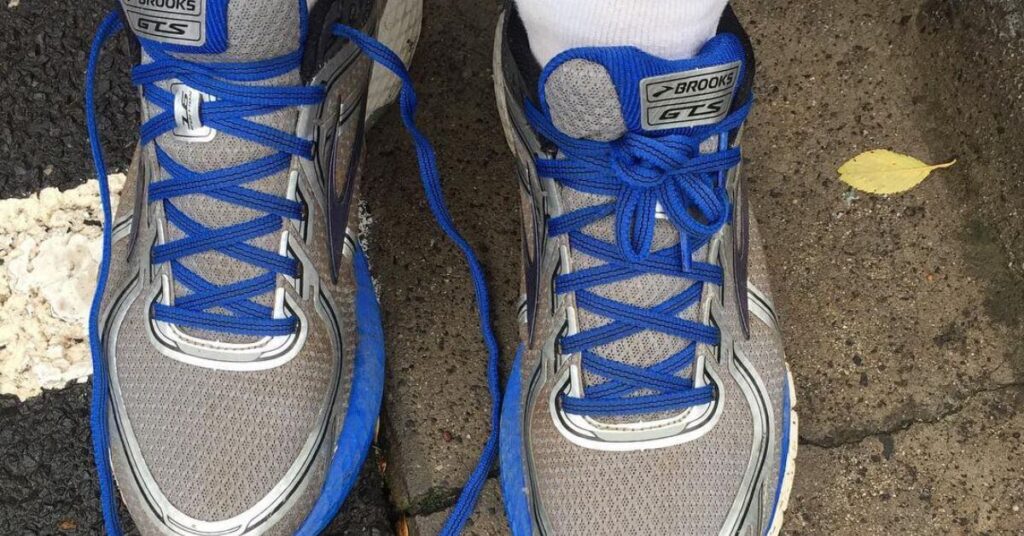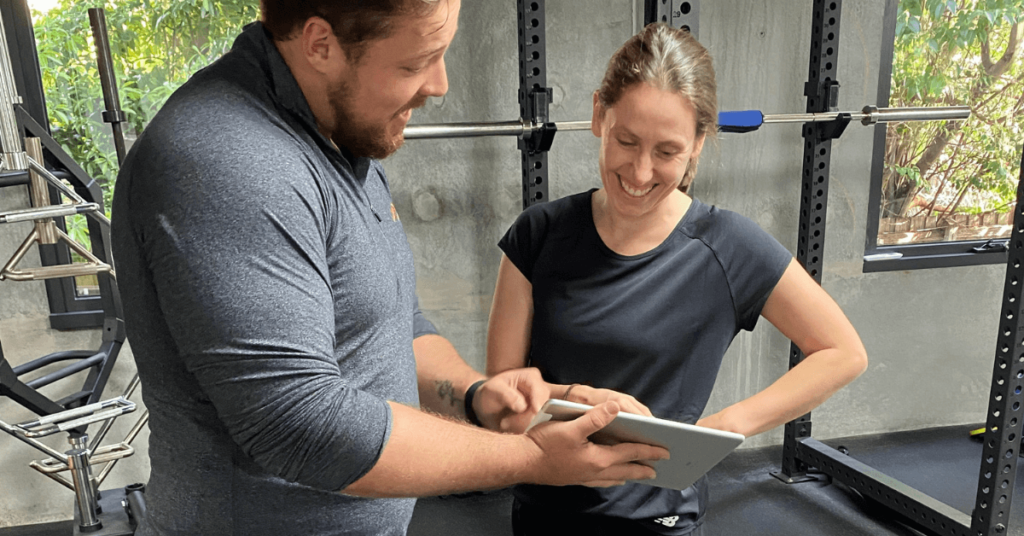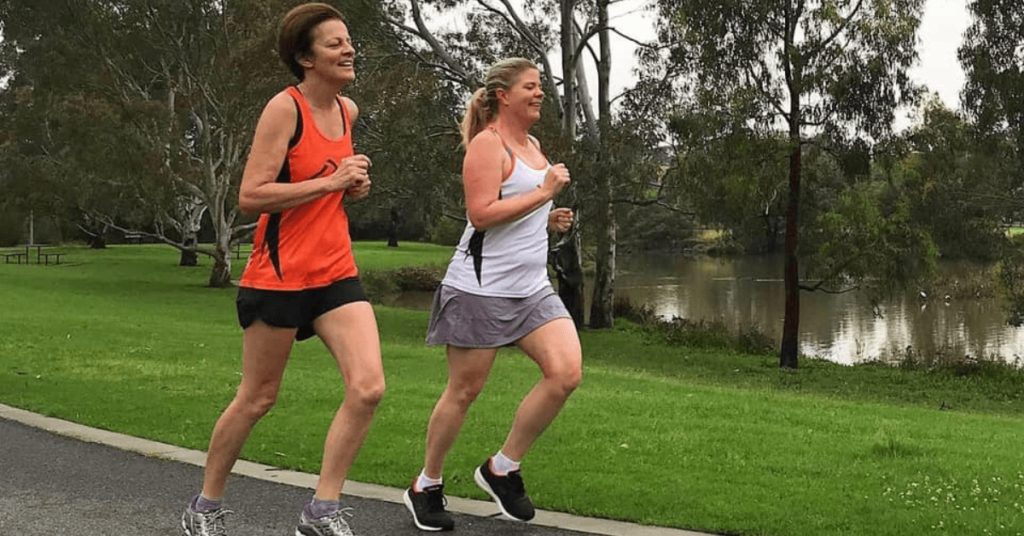Shocking Truth About Running Shoe Lifespan: How Long Do Running Shoes Last and When to Replace Yours (Before It's Too Late!)
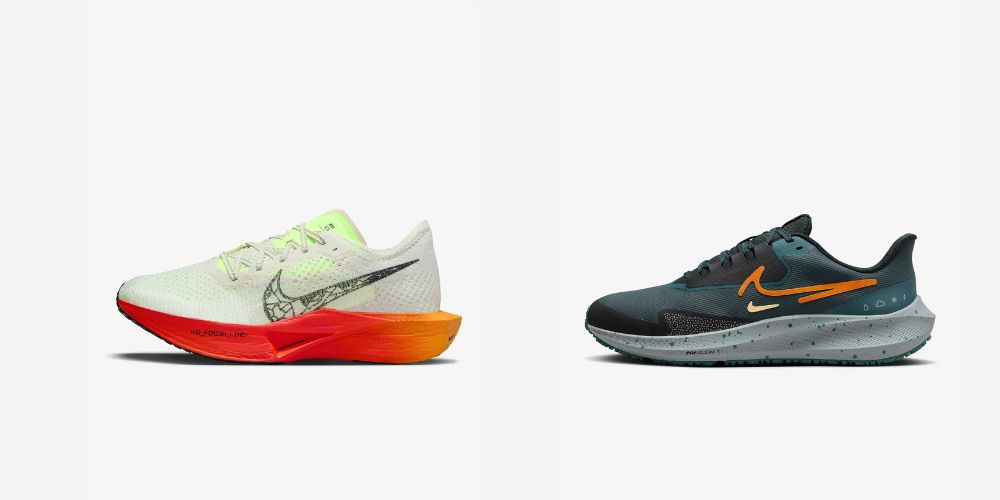
Remember that glorious feeling of lacing up a brand-new pair of running shoes? The springy cushion, the responsive grip, and the confidence to conquer any pavement. But what happens after a few hundred miles? The bounce fades, the grip weakens, and a nagging ache starts creeping up from your feet. Here’s the shocking truth: You’re likely running on dead soles, compromising your performance and risking serious injuries.
This blog is your ultimate guide to unravelling the mysteries of running shoe lifespan. We’ll crack the code on mileage myths, expose the telltale signs your shoes are screaming “Replace Me!” and equip you with ninja-level replacement tips to keep you gliding injury-free for miles to come.
Beyond Miles: The Hidden Factors that Kill Your Running Shoes
Running shoes may seem simple, but they have complex mechanics fine-tuned for performance. The average pair lasts just 350–500 miles before losing their shock absorption and injury protection. However, running shoe lifespan depends on an intricate formula; get it right, and your shoes will go the distance. So which critical factors determine your shoes’ durability?
What contributes to the wear and tear of your running shoes?
As a run coach, I’ve seen countless pairs of shoes embark on glorious journeys, conquering miles and powering personal bests. But I’ve also witnessed the heartbreaking demise of trusty kicks, devoured by the hidden villains of wear and tear. Don’t get me wrong, I love a shiny new pair as much as the next runner, but the truth is, longevity is the real champion. It’s about extending the life of your shoes, maximising their performance, and preventing those dreaded injuries that can derail your training.
Shoe Integrity and Quality
The structural integrity of running shoes plays a huge role in durability. Cheaper shoes with less support break down more rapidly. Look for sturdy heel counters, ample cushioning in the midsole, and a solid outsole tread made of carbon rubber or durable plastic. Premium brands like Nike, Asics, etc. utilise advanced technologies and quality materials to enhance longevity.
Before I became a run coach, I was once a running newbie, naive to the intricacies of running shoes. I was highly convinced that mileage made the runner, and that your choice of shoes didn’t matter. I was so excited to buy my first running shoes and eagerly chose the flashy, stylish, and cheapest pair (which brand it was, I don’t even remember!) at the discount shoe store that had a “500-mile guarantee” taped across the box. It was beyond my imagination that these miles would end up being one of the worst running miles of my life! The first few runs made me feel like a champ. It was pure bliss; the shoes were light, had a good bounce, and had traction fit for a king! But, as I increased my running mileage, the sole started to crack, the mesh started to snag on each twig it encountered, and the midsole’s cushion suddenly disappeared. One day, I landed on the wrong foot and the cheap plastic outsole offered no grip and the heel counter buckled without warning. At that moment, I knew that my shoes were fit for the bin! That day, I learned a brutal lesson about the importance of structural integrity. My shoes, built with cheap materials and shortcuts, had failed me when I needed them most. They promised mileage, but delivered misery.
Run Mileage and Terrain
The mileage logs and terrain you cover daily affect your shoes. While the average pair of running shoes can last 300–500 miles, intense runners can warp shoes in just a few months. Trail runners also report faster breakdowns on rough topography compared to road runners. Seek shoes with reinforced stability features if handling rigours training across concrete pavement, dirt paths, or running trails.
Take Arianne, for instance. A dedicated trail runner, she swore by her sturdy boots, tackling scree slopes and muddy paths with reckless abandon. Yet, after a few months, they looked like they’d gone through a mud wrestling match with a grizzly bear. It turns out that her “road shoe refugee” approach simply wasn’t cutting it. The wrong terrain exposed the soles to a sandpaper treatment, while the lack of ankle support turned them into floppy marshmallows. What is the moral of the story? Terrain matters, folks! Match your shoes to the battlefield, or they’ll crumble faster than a stale biscuit.
Your Body Composition and Running Style
As a bigger-boned runner, I’ve always chased that elusive PB with a little more gravity than most. Each stride felt like a mini-earthquake for my shoes, and trust me, they knew it. I’d run my miles, fueled by determination and a caffeine addiction, but my footwear? Not so much. My flimsy budget kicks couldn’t handle the extra weight and biomechanical quirks, making them deteriorate faster than I expected. Run coaches recommended me to change my running shoes to shoes with built-in medial posts to control that inward roll and a touch of extra cushioning to handle my extra heft. The difference was seismic. My new shoes felt like a supportive hug for my feet. The medial posts gently guided my foot back to neutral, reducing the wear and tear on the inner edges. The extra cushioning absorbed the shockwaves of my heavier strides, keeping my joints happy and my wallet intact.
Heavier runners, or those with poor running form, see quicker shoe breakdowns. Overpronation (a fancy term for my feet rolling inward with each step) causes excess friction along the medial edges. Analyse your running gait (or get a running coach here at Run Ready to assess your running style) and opt for stabilising features like medial posts to even wear distribution. Lighter or more efficient runners extend average lifespans.
Listen Up, Runners: Warning Signs Your Shoes Are Past Their Prime
Runners, we’ve all been there. You lace up your trusty kicks, the ones that carried you through countless miles and PBs, and suddenly… something feels off. Maybe it’s a whisper of pain in your knee, a wobble in your stride, or a disconcerting lack of spring in your step. Your shoes are finally starting to scream, but not in the good, “I’m pushing you to your limits” way. They’re screaming, “Replace me! Before it’s too late!” These 5 fail-proof signs scream it’s time to replace your running shoes before injury sets in:
- Visible distress: I first noticed those small cracks forming around the edges of the heel, but told myself it was no big deal. Fifty miles later and my whole midsole was spiderwebbed with fissures letting in every pebble underfoot. No wonder my arches were screaming on downhill stretches lacking cushion. Don’t make my mistake—inspect shoes regularly and replace them if they have substantial cracks. Cracks in the midsole, smooth patches where the tread used to be, and seams straining at the edges—these are your shoes waving a red flag. Remember, worn-out outsoles lose their grip, and cracked midsoles offer no cushioning, putting your joints at risk.
- Deflated cushion: Remember that new shoe squish feeling absorbing each footfall? I used to love that pillowy feeling, each stride sinking into cushy bliss. But after my marathon training peak, it had vanished. My feet pounded the pavement, sending shockwaves up my legs. “Must be fatigue,” I naively thought. Until, BAM! Knee pain joined the party, turning every run into a test of willpower.Well past the 300-mile mark, the bounce fades. The more beaten down the foam gets, the less protection your joints receive, upping injury odds. This loss of cushioning can lead to impact shock, causing pain in your feet, knees, and even your back.
- Increasing pain in every run: Forget post-run stretches; after long runs, my ankles felt like they’d tangoed with a jackhammer. I blamed my increasing mileage, but my PT, a seasoned runner herself, gave me a knowing look. “Sorry to break it to you,” she said, “your shoes betrayed you long ago.” If aches and pains in your feet, knees, or ankles are becoming your post-run norm, especially after longer distances, your shoes might be sending an SOS. Worn-out cushioning and instability can throw your biomechanics out of whack, leading to aches and even injuries. Don’t push through the pain; swap those shoes before they force you to take a painful hiatus!
- Changes in form and stability issues: It happened during mile eight, that first frightening wobble feeling the sidewall collapse underfoot. My pace slowed to a hobble instantly, no longer trusting my footing while the tread flapped. Don’t wait for rolled ankles before you reinvest—at first signs of collapsing shoes, grab new ones that secure every step. Your feet shouldn’t be working overtime to grip the ground. But worn shoes lose shape, collapsing arches needing compensating muscles kicking in to prevent rolled ankles or slips. Take notice if new hotspots or imbalances throw off your form. Don’t wait for a tumble to break your stride; give your feet the firm foundation they deserve with a fresh pair.
- They’ve been sitting in your closet for over a year: I know you’ve experienced having that trusty pair of running shoes tucked away in the back of the closet. I remember having had foot surgery, which sent me on a running hiatus for almost a year. I had not touched them in months, but they still look pristine, right? Wrong. Time is a devious enemy, even for unused shoes, and can silently sap their lifeblood—cushion and support.
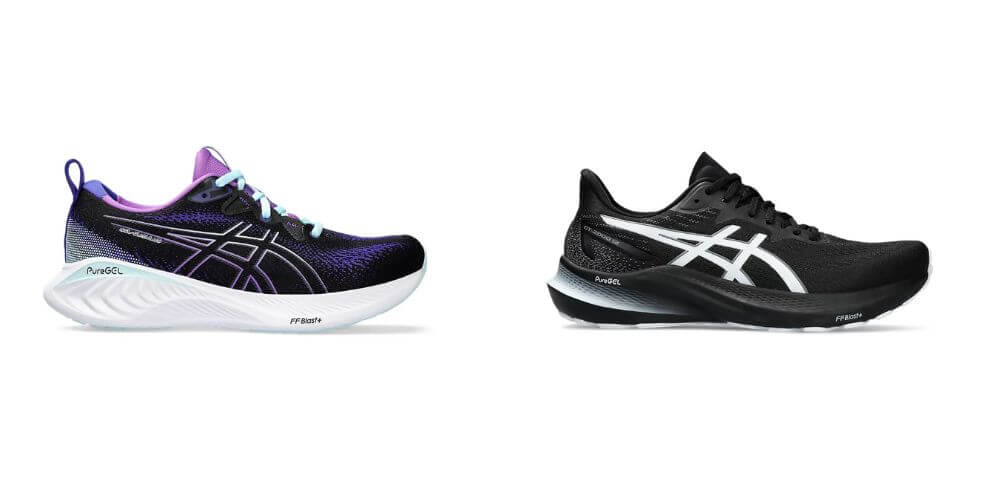
How Long Do Running Shoes Last
When I first started running marathons, I wrongly assumed shoes lasted practically forever. I logged over 600 miles on my first pair. Soon, constant knee pain was affecting my training until I finally replaced my worn-out shoes. Finally, I learned the shocking truth: the average running shoe lasts just 300–500 miles before losing protective abilities. The aches disappeared instantly with the proper support, cushioning, and stability restored. Don’t make the same mileage mistake! The truth is, figuring out running shoe lifespan isn’t an exact science, but it’s a question worth dissecting before we pound the pavement. Why? Because worn-out shoes are like ticking time bombs for your feet, potentially leading to a cascade of aches, pains, and even more serious injuries.
Recent studies demonstrate how proper running shoes can positively influence biomechanics and potentially reduce injury risk. Research by Cheung et al. (2011) found that innovative midsole technology can effectively alter rearfoot motion while running. Similarly, a 1992 study by van Woensel and Cavanagh showed that shoes with either 10 degrees of valgus or varus posting forced either pronation or supination, respectively.
Overall, quality running shoes engineered to provide stability, correct poor running form, and absorb impact show promise for lowering injury risk for runners. However, individual factors like arch type may also influence how footwear interventions perform. Further research is needed, but the evidence encourages runners to analyse their gait and select appropriate shoes as an injury prevention strategy.
Running Shoes FAQ
As a general rule, consider replacing your shoes every 3-6 months, or after 300-500 miles. But remember, listen to your body and your shoes! If they’re showing signs of wear or your runs feel off, don’t hesitate to invest in a fresh pair. Think of it as an investment in your health and performance. Worn-out shoes can lead to injuries, forcing you to spend even more on recovery. Investing in fresh footwear can prevent those costs and keep you running happy and healthy. Plus, there are always awesome deals to be found!
Determining exact running shoe mileage is critical for injury prevention and performance. Top sports apps like Garmin Connect, Strava, and Runkeeper now allow runners to track shoe lifespan digitally by syncing workout logs. Simply add your shoes to designated app profiles and select them post-run. You’ll receive automatic alerts when you near the 300- to 500-mile replacement mark.
You can also monitor your shoes manually by watching out for the warning signs that your running shoes need a replacement. Cracked soles, smooth bald spots, loss of cushion, etc, are some signs you need to throw your current pair into the bin!
Selecting the right running shoes to swap out your worn pair requires some self-analysis. Consider key factors like gait mechanics, training style, running surfaces, fit preferences, and comfort to dial in on shoes that match your needs.
- A professional evaluation at a running store or a simple “wet test” at home can reveal if your foot rolls inward (pronates) excessively. This determines your shoe’s support level: neutral for minimal, stability for mild pronation, and motion control for significant inward roll.
- Training for a 5K or a marathon? Speedwork demands lightweight responsiveness, while long runs crave plush cushioning. Choose shoes that match your training needs and distances.
- Ditch the “one-size-fits-all” mentality! Try on different brands, models, and drops to find the perfect fit. Your feet deserve to feel comfortable, supported, and confident with every stride.


